The Divine Comedy as illustrated by salvador dali
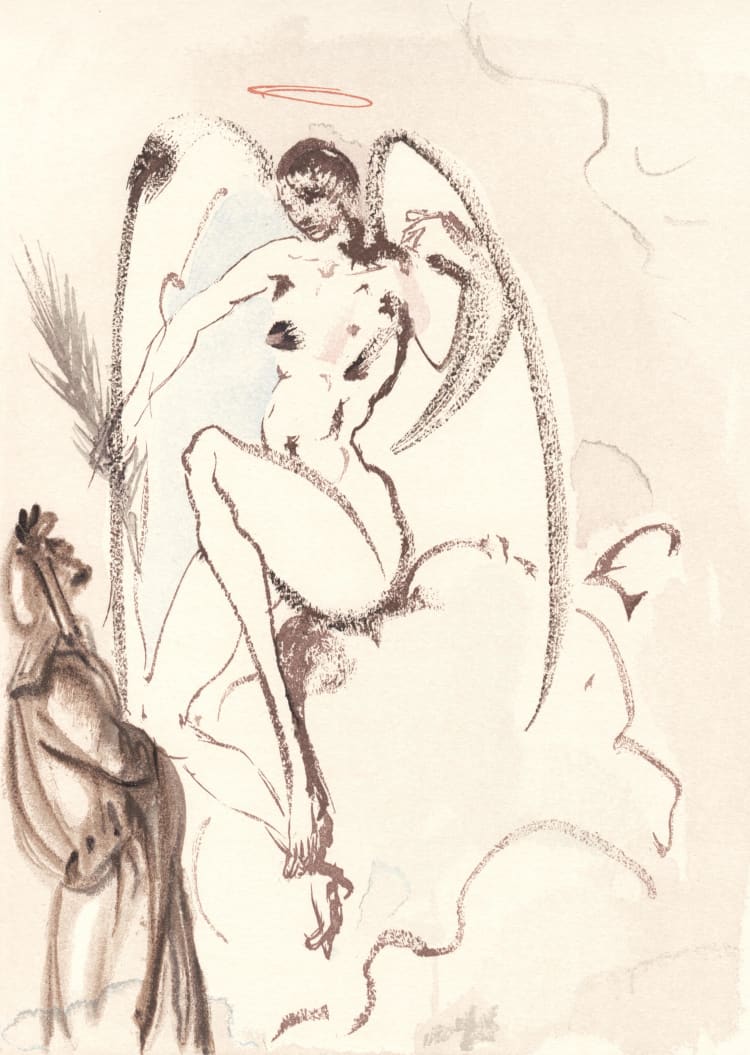
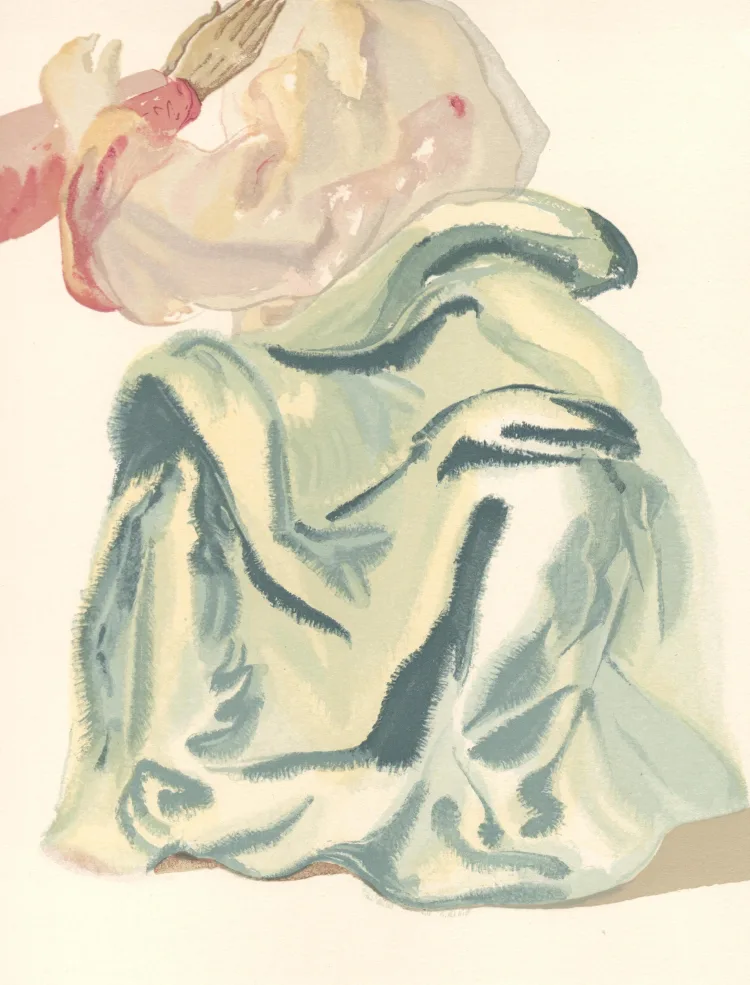
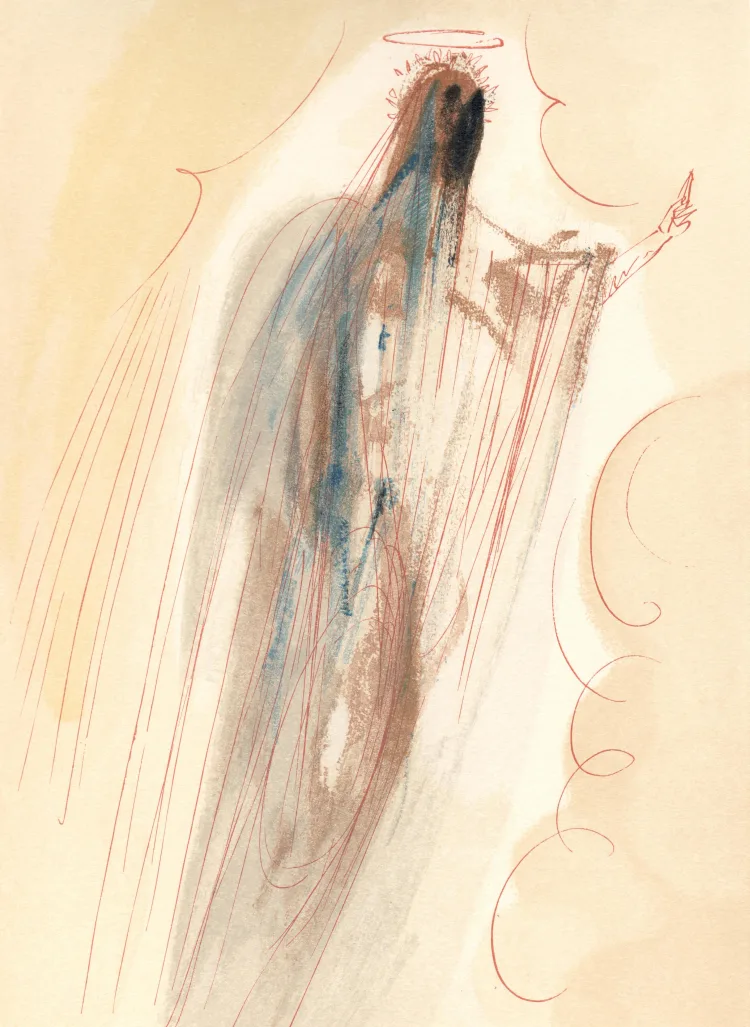
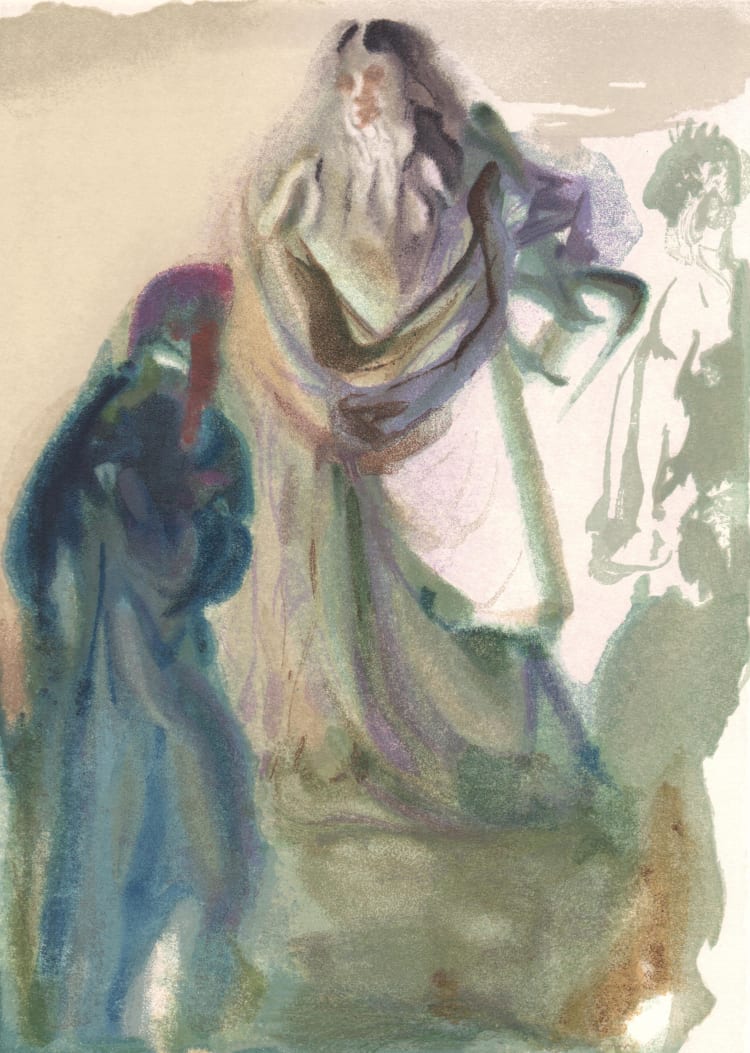

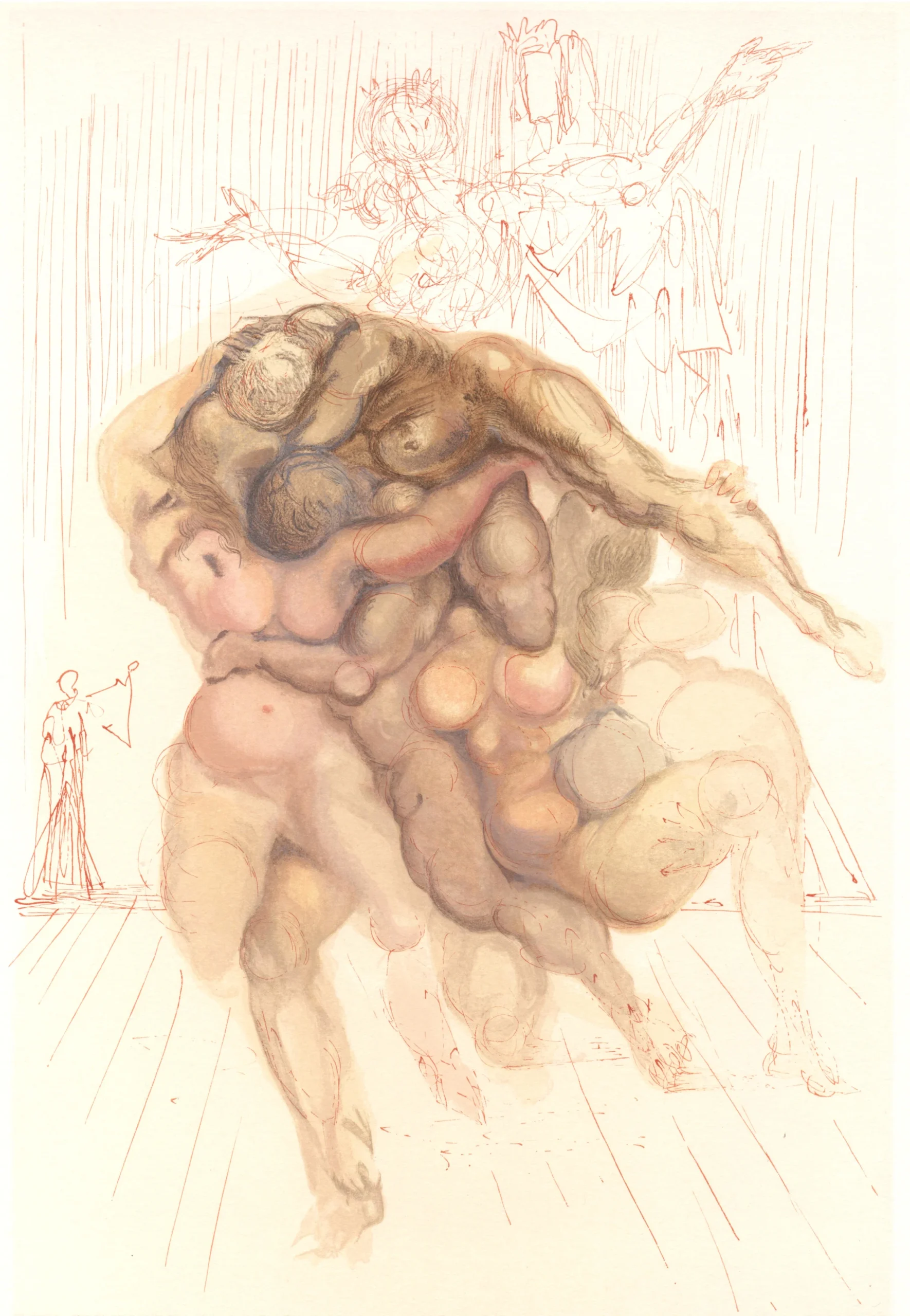



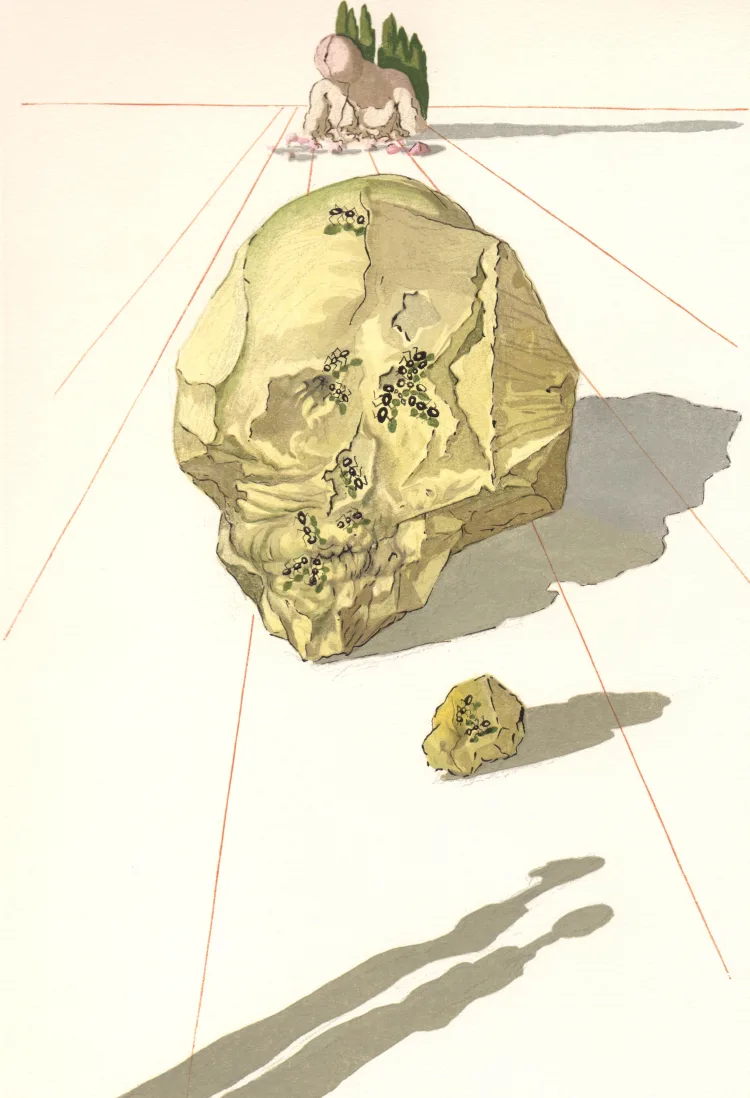
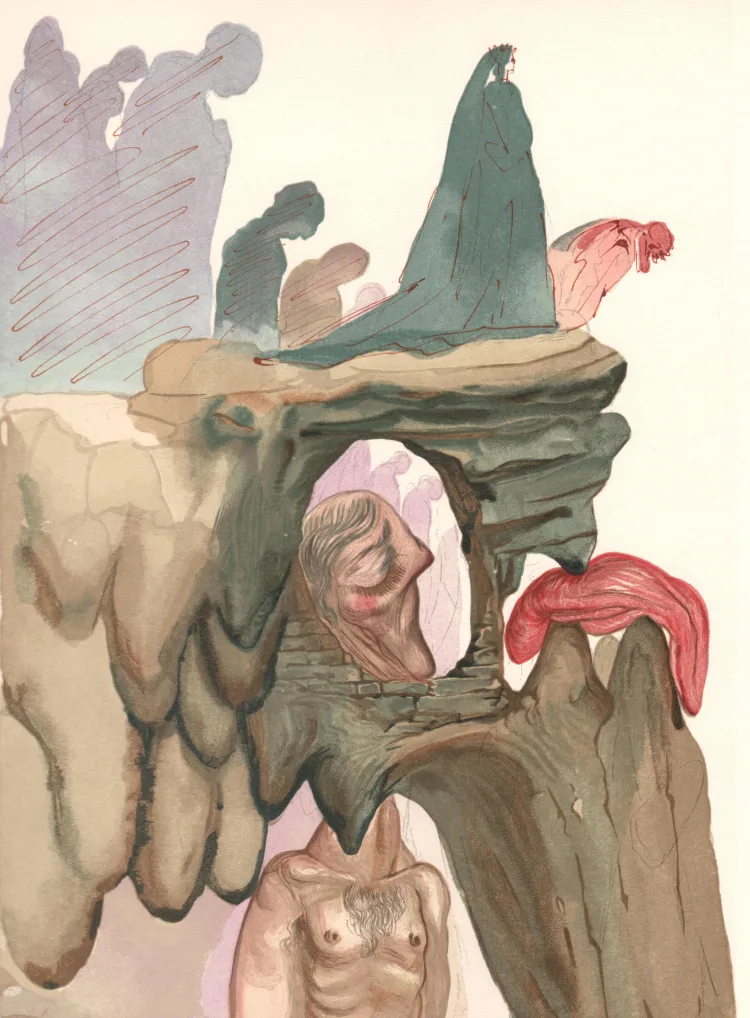
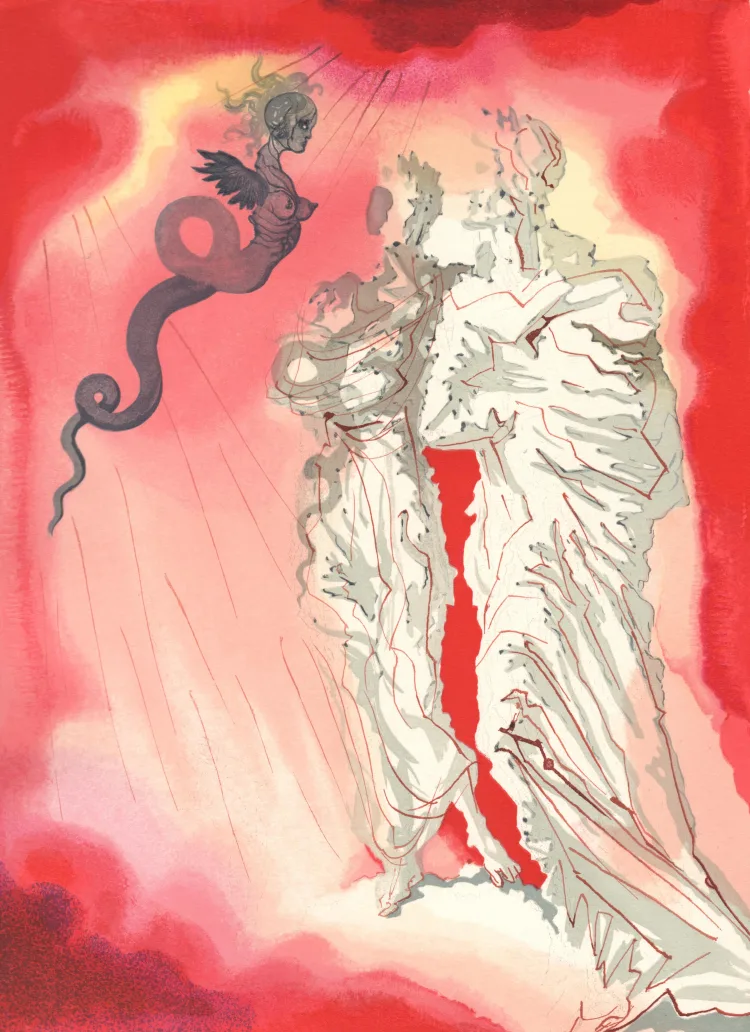
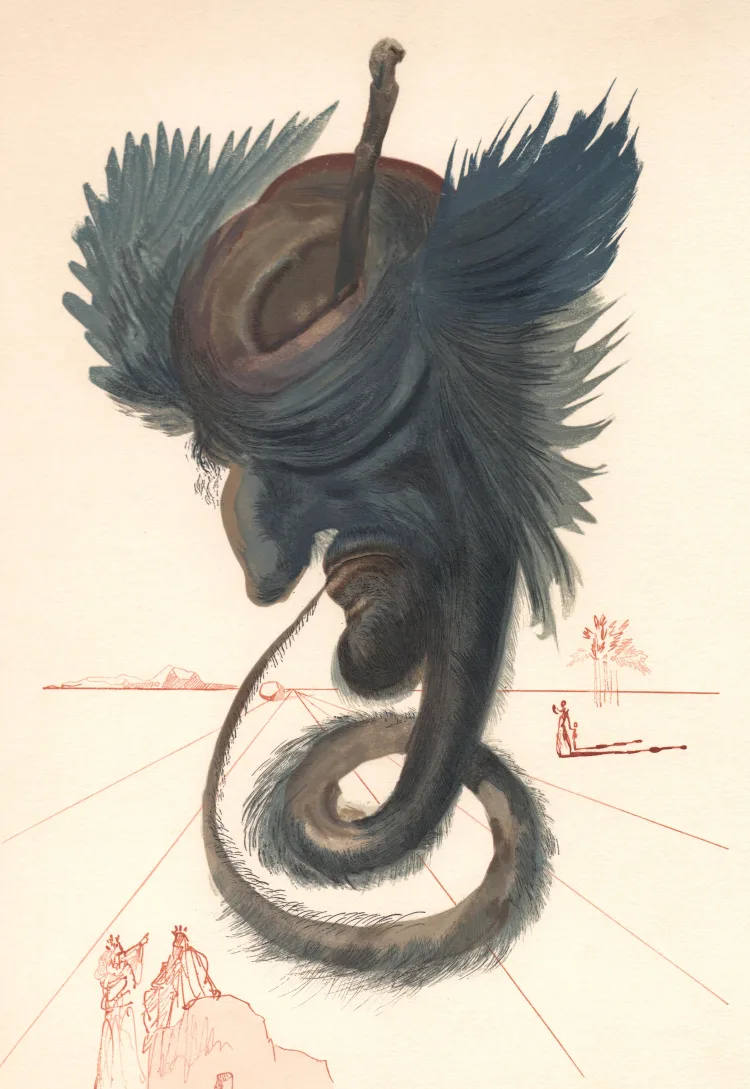
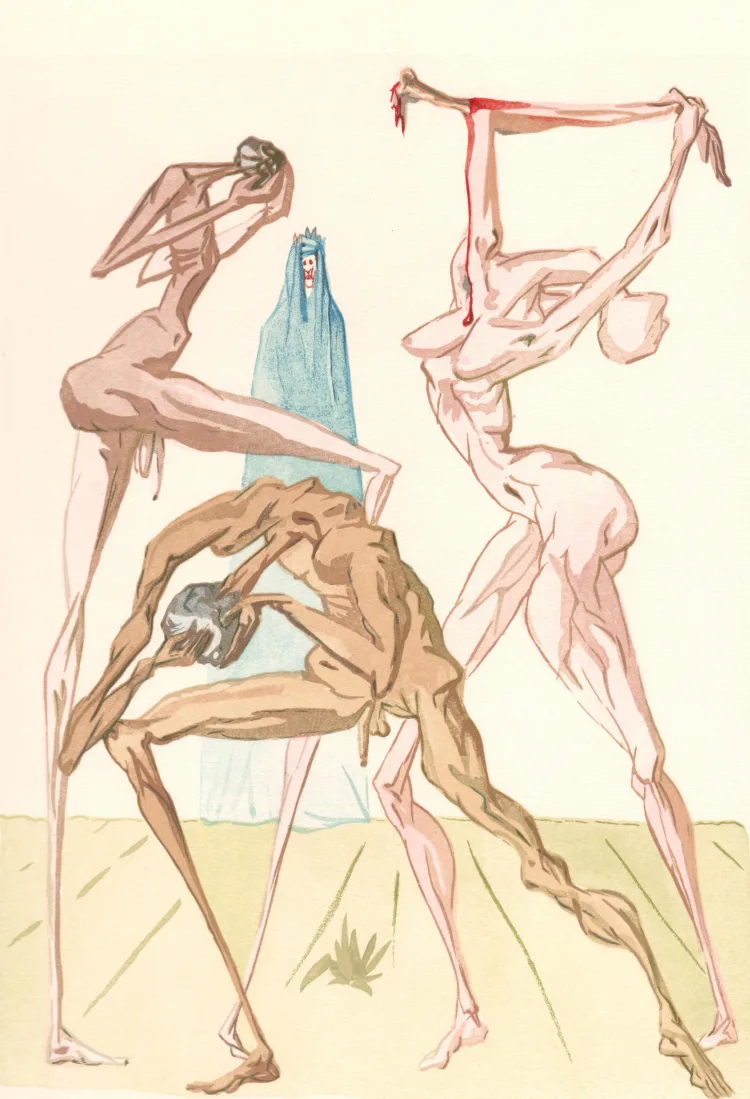
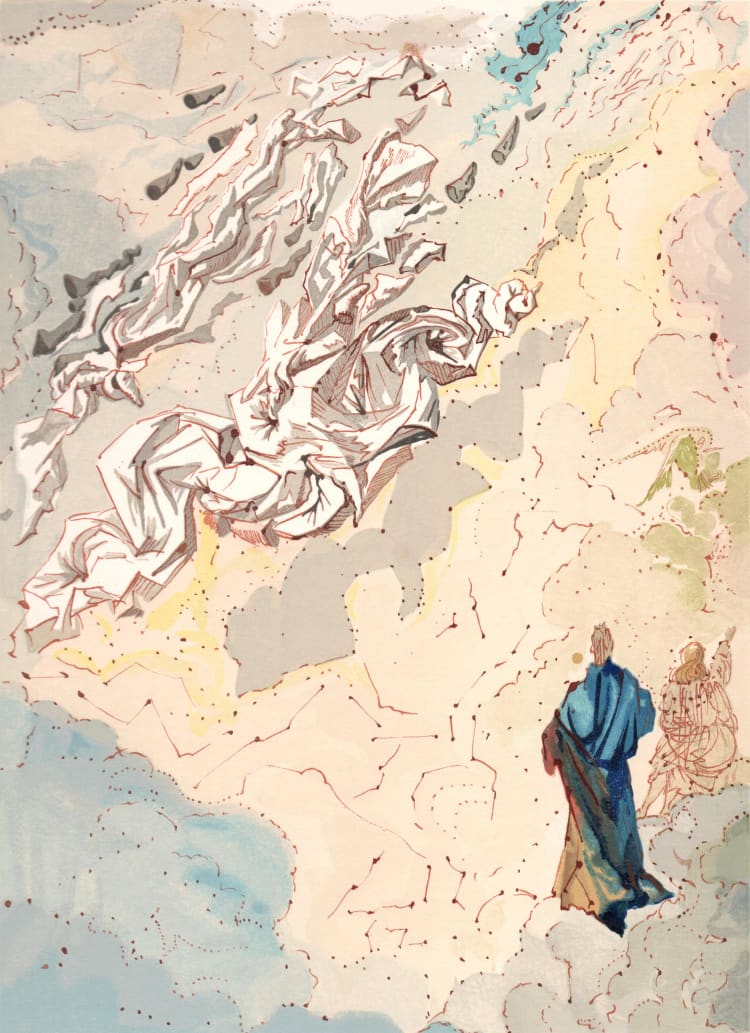
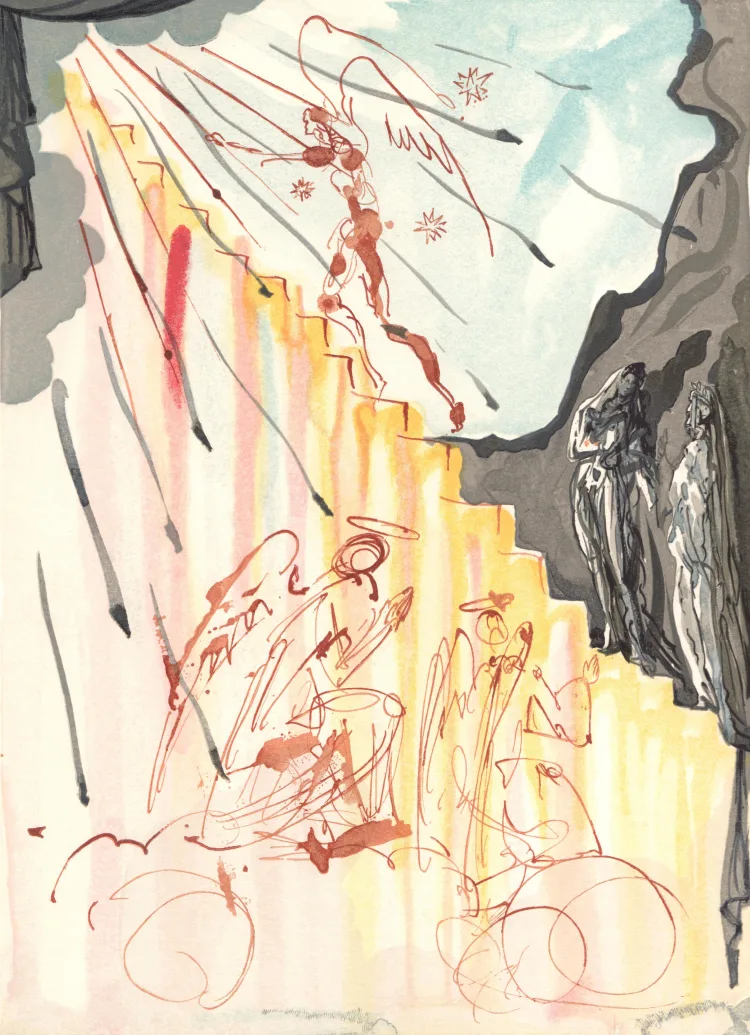
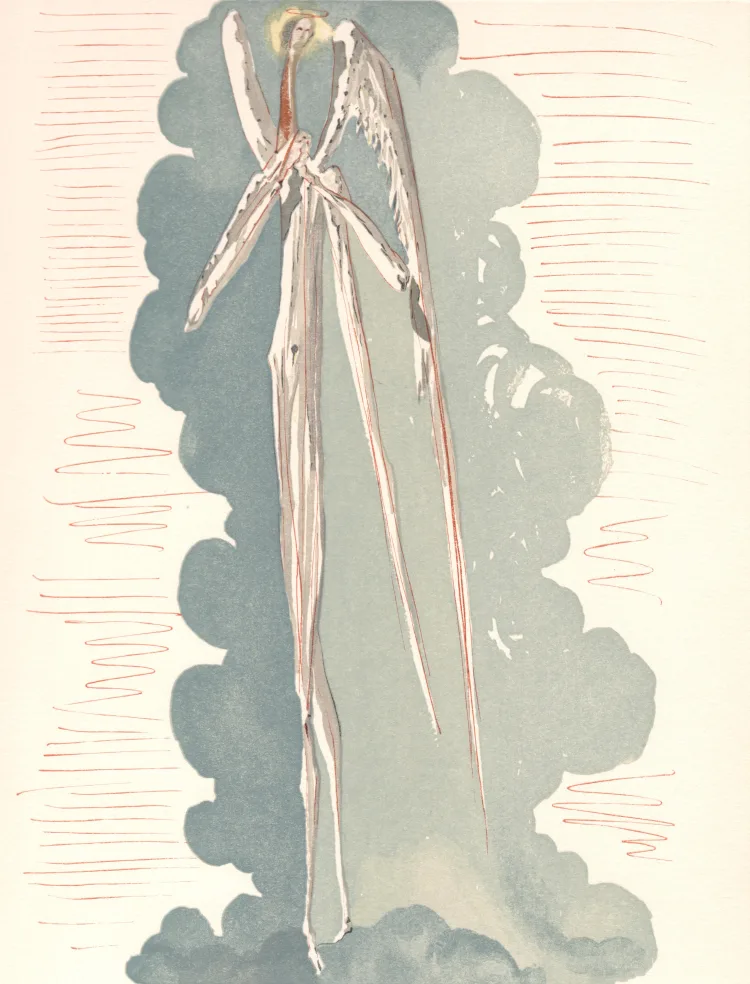
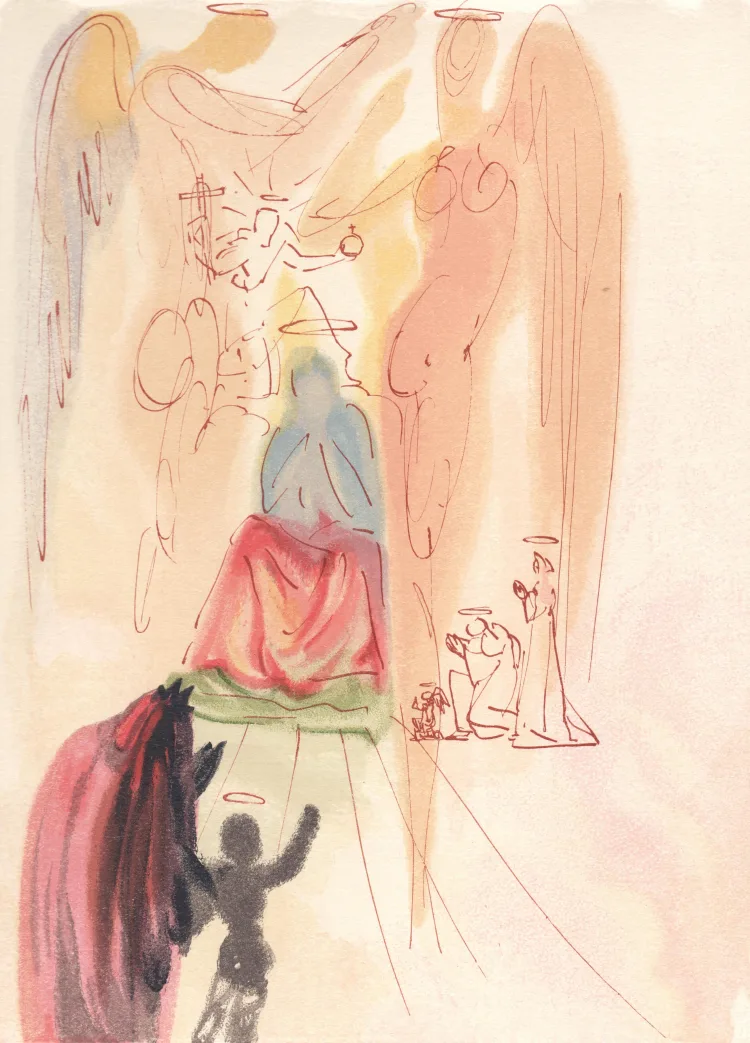
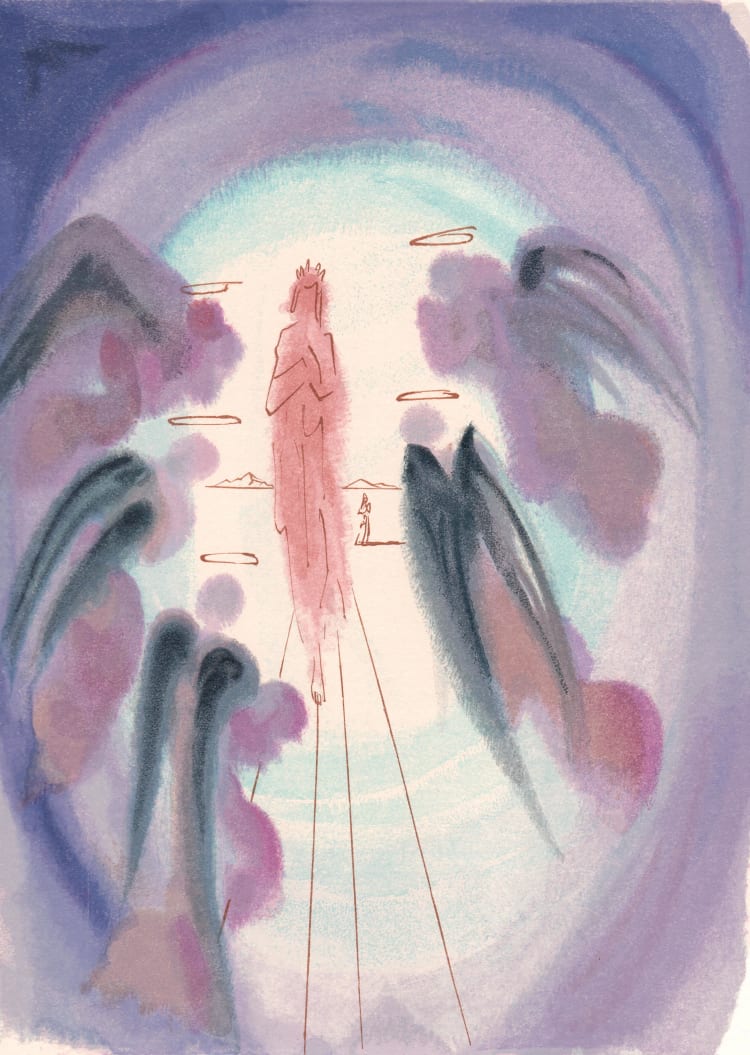
About The Divine Comedy
Dante Alighieri’s epic poem, “The Divine Comedy,” stands as one of the crowning achievements in world literature. Comprising three parts—Inferno, Purgatorio, and Paradiso—the poem takes readers on a journey through the afterlife, exploring themes of sin, redemption, and the divine. One particular edition of this masterpiece, illustrated by the surrealist artist Salvador Dalí, adds a unique and controversial dimension to Dante’s allegorical vision.
Salvador Dalí, known for his eccentric and imaginative art, embarked on the ambitious project of illustrating “The Divine Comedy” in the 1950s. Dalí’s distinctive style, characterized by surrealistic imagery and meticulous detail, brought a new perspective to Dante’s medieval narrative. His illustrations, executed with a blend of precision and dreamlike quality, served as a visual interpretation of the poet’s intricate descriptions.
The controversy surrounding Dalí’s illustrated “Divine Comedy” emerges from the clash between the traditional expectations associated with the sacred text and the provocative nature of Dalí’s art. The poem itself, written between 1308 and 1320, is deeply rooted in Christian theology and medieval symbolism. Dalí’s illustrations, however, introduce a surreal, almost hallucinatory element that challenges the conventional representations of Dante’s work.
One of the most contentious aspects of Dalí’s illustrations is the portrayal of religious figures and scenes. Dalí’s interpretation often deviates from the established iconography, presenting characters and events in ways that evoke both awe and discomfort. The surrealist artist’s penchant for distortion and exaggeration adds a layer of complexity to the religious imagery, prompting reactions ranging from admiration to condemnation.
The controversy surrounding Dalí’s illustrations extends to the decision of publishers to bring this version of “The Divine Comedy” to the public. Some critics argue that merging the classical and the surreal risks undermining the sacred nature of Dante’s poem. Others, however, view Dalí’s illustrations as a bold and creative reinterpretation that breathes new life into the timeless narrative.
Despite the controversy, the illustrated edition of “The Divine Comedy” by Salvador Dalí has become a sought-after collector’s item. Published in the 1960s, the work has gained recognition not only for its artistic merit but also for the audacity to reimagine a revered literary classic. The marriage of Dalí’s surrealism with Dante’s allegory offers readers a visually arresting experience that transcends the boundaries of traditional illustration.
Dalí’s collaboration with “The Divine Comedy” is not only controversial but also groundbreaking. It challenges the notion that certain literary works are sacrosanct and untouchable, inviting artists to engage with classic texts in ways that may provoke discomfort but also stimulate new perspectives. The dialogue between Dalí’s artistic vision and Dante’s narrative sparks a conversation about the fluid nature of interpretation and the capacity of timeless works to inspire fresh creativity.
In conclusion, Salvador Dalí’s illustrated edition of “The Divine Comedy” serves as a testament to the enduring power of Dante Alighieri’s masterpiece. The controversy surrounding Dalí’s surreal interpretations adds a layer of intrigue to the traditional understanding of the poem, prompting readers to confront the boundaries between sacred and profane, classical and contemporary. As we continue to navigate the ever-evolving relationship between literature and art, Dalí’s illustrated “Divine Comedy” stands as a provocative and captivating chapter in the ongoing conversation about the intersection of creativity, tradition, and interpretation.
Creation of the Woodblock Watercolors
In the ambitious project of translating Salvador Dalí’s 100 watercolors for “The Divine Comedy” into wood engravings, the process was both intricate and innovative. Master engraver Raymond Jacquet, assisted by Jean Taricco and Paul Bassin, worked under the direction of Jean Estrade of Les Heures Claires. Their collaborative effort with Dalí was to convert his vibrant watercolors into detailed engravings.
The technique involved dissecting each painting into its constituent color elements, necessitating the crafting of a unique woodblock for each color. These blocks, termed ‘decompositions,’ were a critical aspect of the process. Often, more than 30 such decompositions were required to faithfully replicate one watercolor in engraved form. The engraving commenced with the meticulous transfer of an exact negative of the watercolor onto the block, typically using carbon or lithographic pencil. The image was then delicately incised into the block with a burin, an engraving tool, with precision essential for ensuring the lines accurately matched the colors of the original paintings. This demanded Dalí’s ongoing involvement and supervision throughout the project’s duration, which spanned four years.
Approximately 3,500 engraved blocks were needed to complete the suite. Jacquet’s innovative approach included using a single block for multiple colors, which meant that each block was irreversibly altered during the printing process. This strategy not only minimized errors in the edition’s printing but also secured its authenticity, preventing the production of unauthorized copies or forgeries from the blocks.
Jacquet’s dedication to quality was further evident in his choice of materials. Unlike traditional wood engravings that used sections of boxwood, Jacquet preferred harder, more durable resin blocks. This choice facilitated finer detailing in the engravings, leading to a richer and more intricate quality in the final prints. This was especially significant in ensuring that all prints, whether in the French or Italian editions, met a consistently high standard.
Material Selection: The decision to use resin instead of traditional boxwood was groundbreaking. Resin blocks, being more durable, allowed for the engraving of finer lines and more intricate details, essential for capturing the complexities of Dalí’s designs.
Color Separation: This labor-intensive step involved meticulously analyzing each watercolor to determine the individual colors required for the engravings. It was vital for preparing the separate blocks for each color layer.
Precision in Carving: The carving process required exceptional skill. Engravers had to ensure that each line and curve in the block accurately reflected Dalí’s original artwork. The depth and angle of each cut were crucial, as they influenced how the ink transferred onto paper and affected the final image.
Inking and Printing: Once carved, each block was carefully inked and pressed onto paper. Aligning the colors from different blocks with precision was necessary to achieve the correct visual effect.
Preservation of Blocks: The technique of using each block for multiple colors meant that the original carvings could not be reused in their initial form, rendering each print in the series distinct. This approach also protected the artwork’s integrity by preventing exact replication.
These aspects underscore the complexity and artistry involved in transforming Dalí’s watercolors into wood engravings, a process that combined traditional craftsmanship with innovative techniques to create a unique art form.


